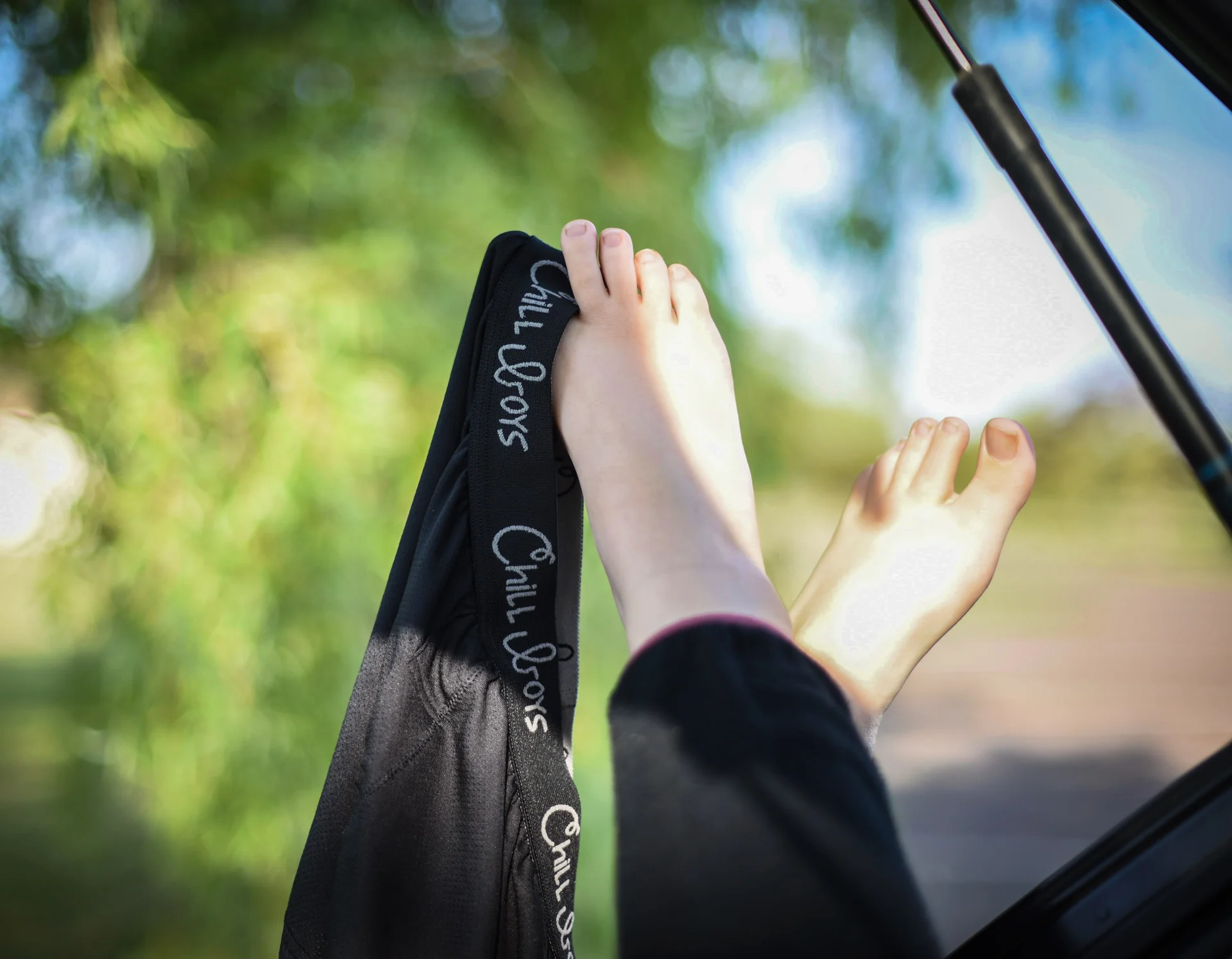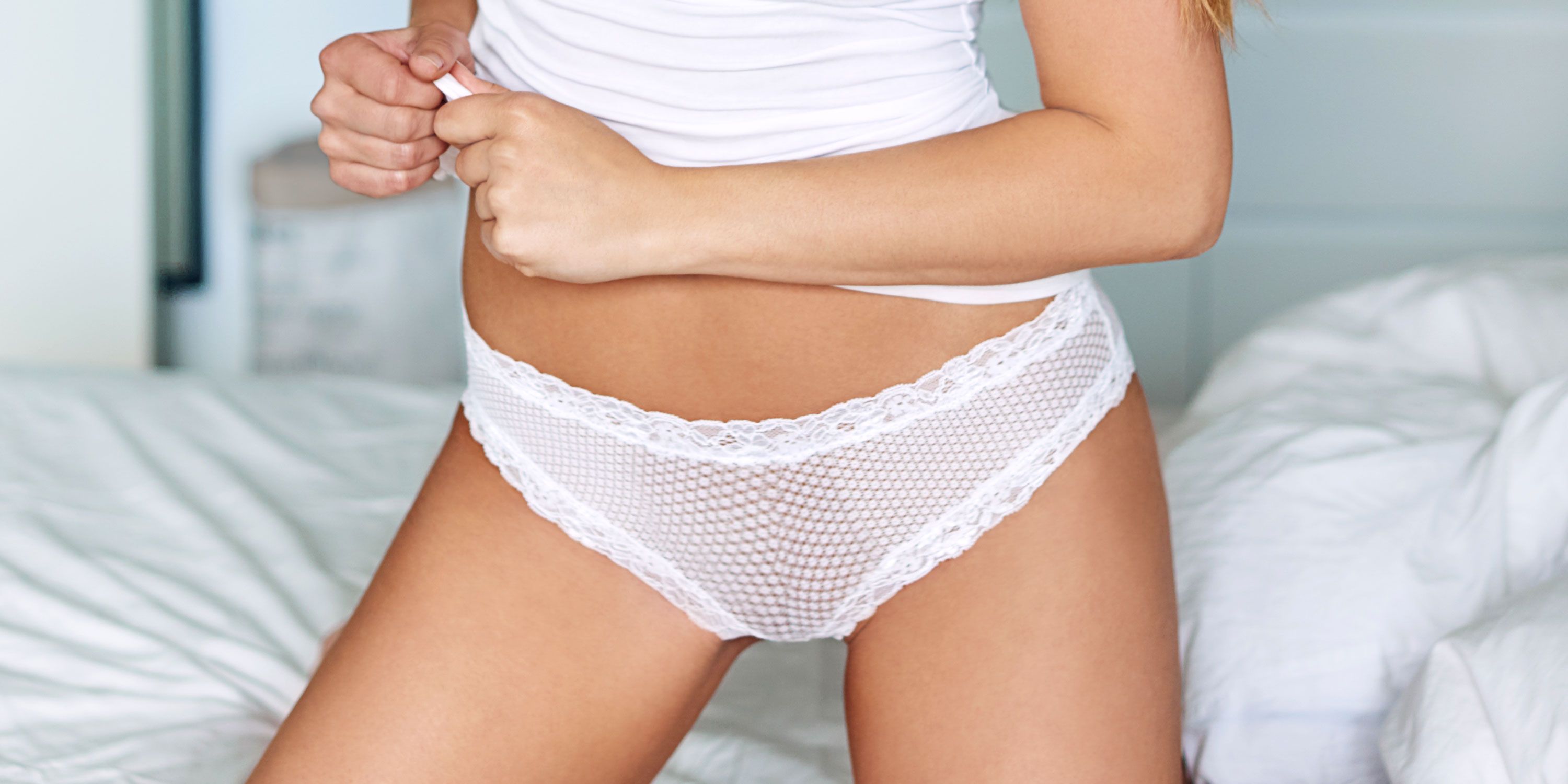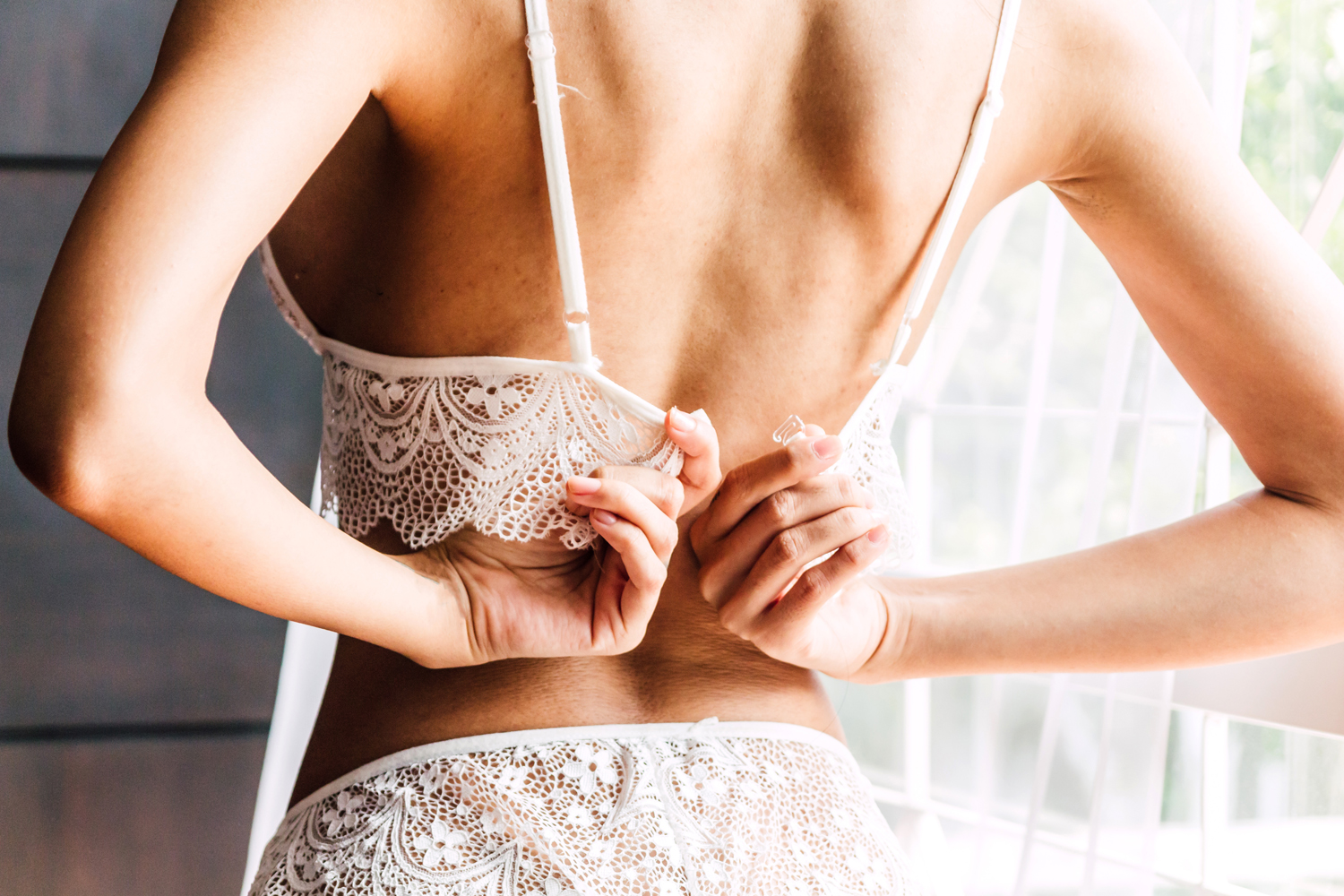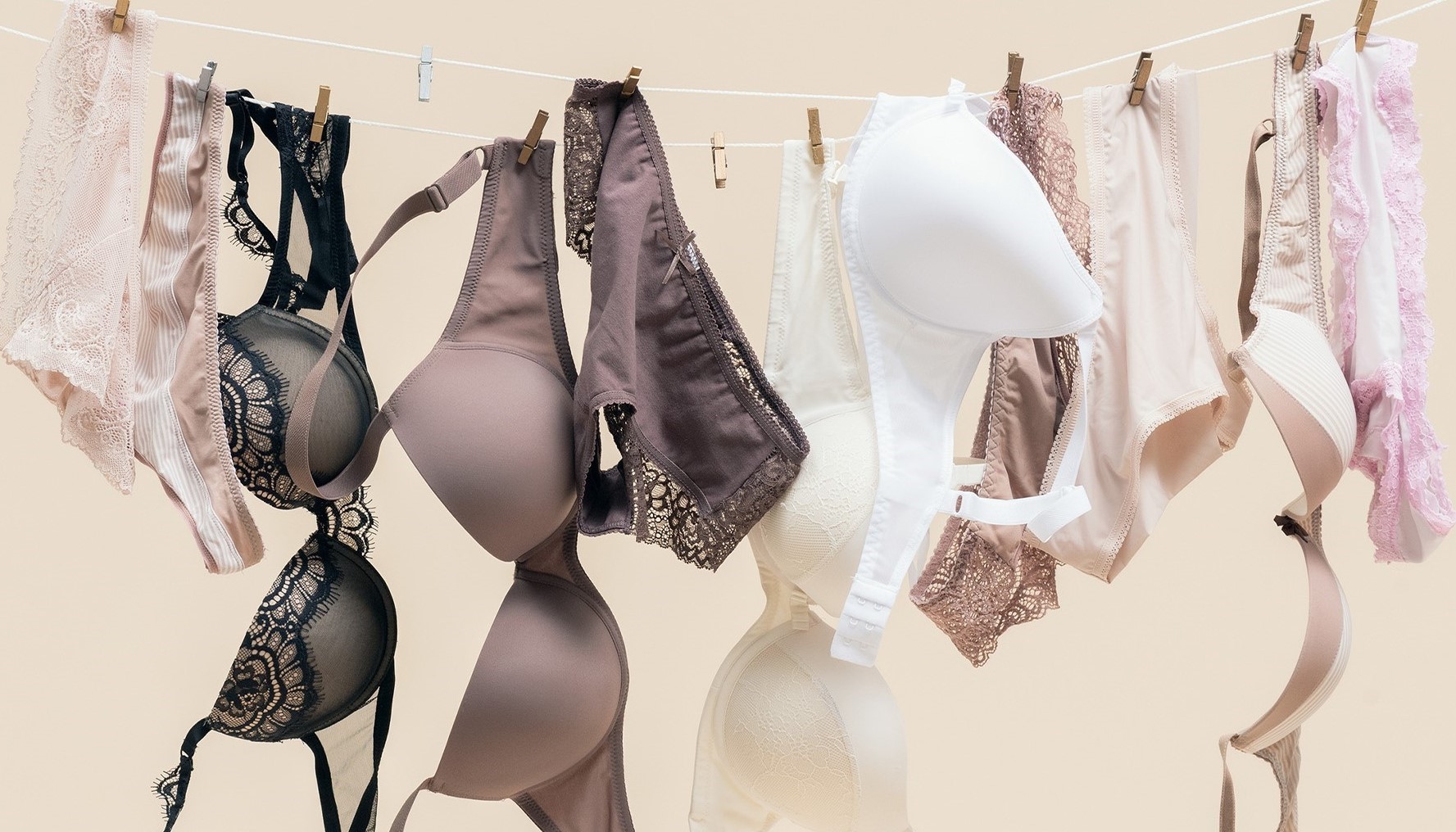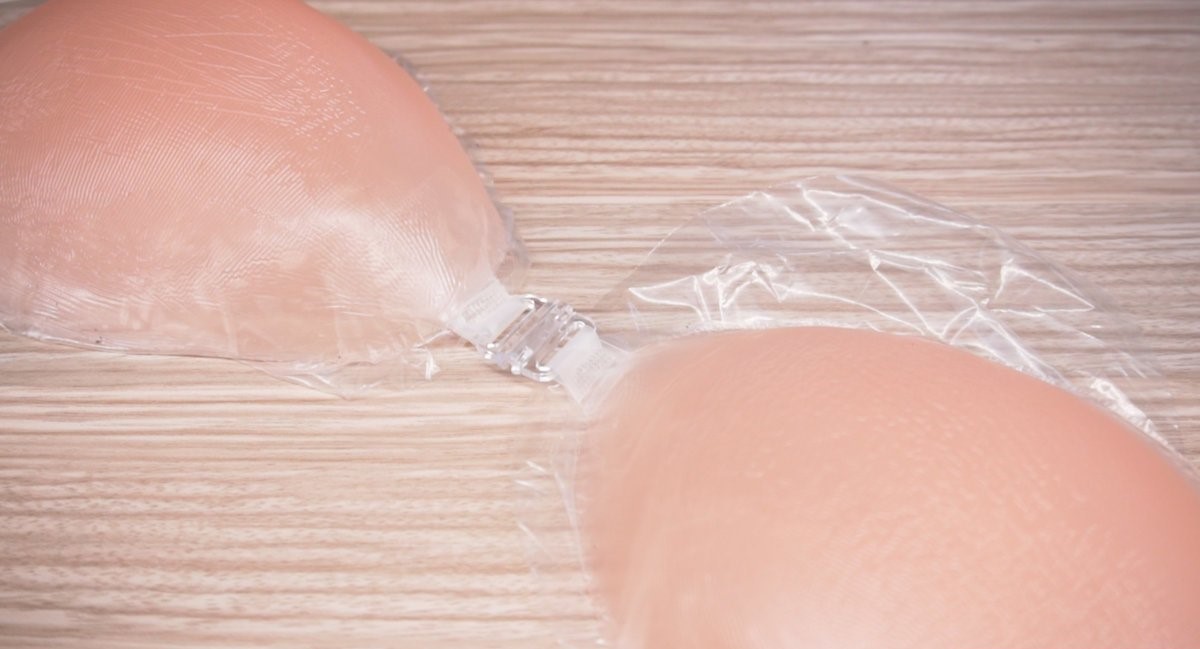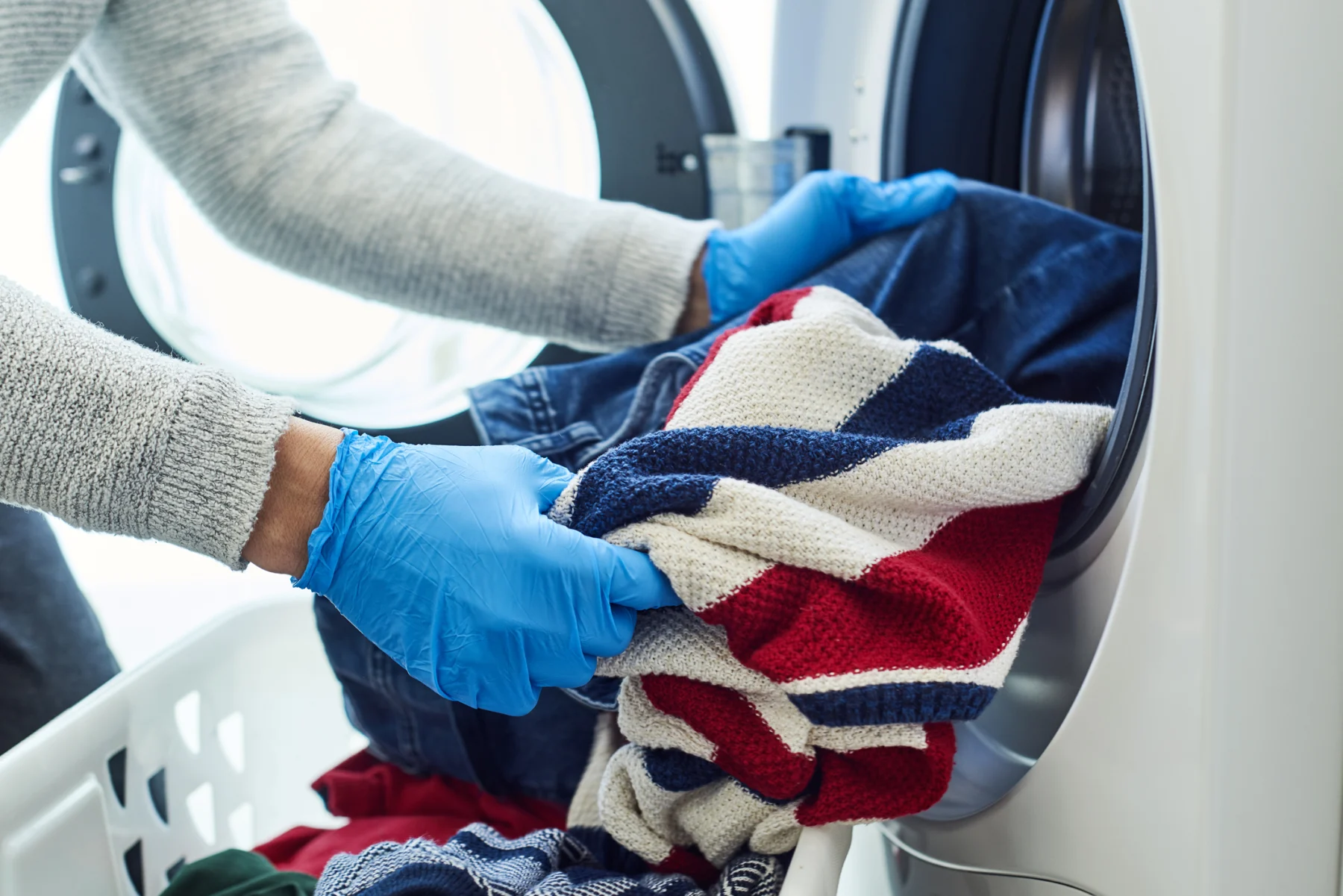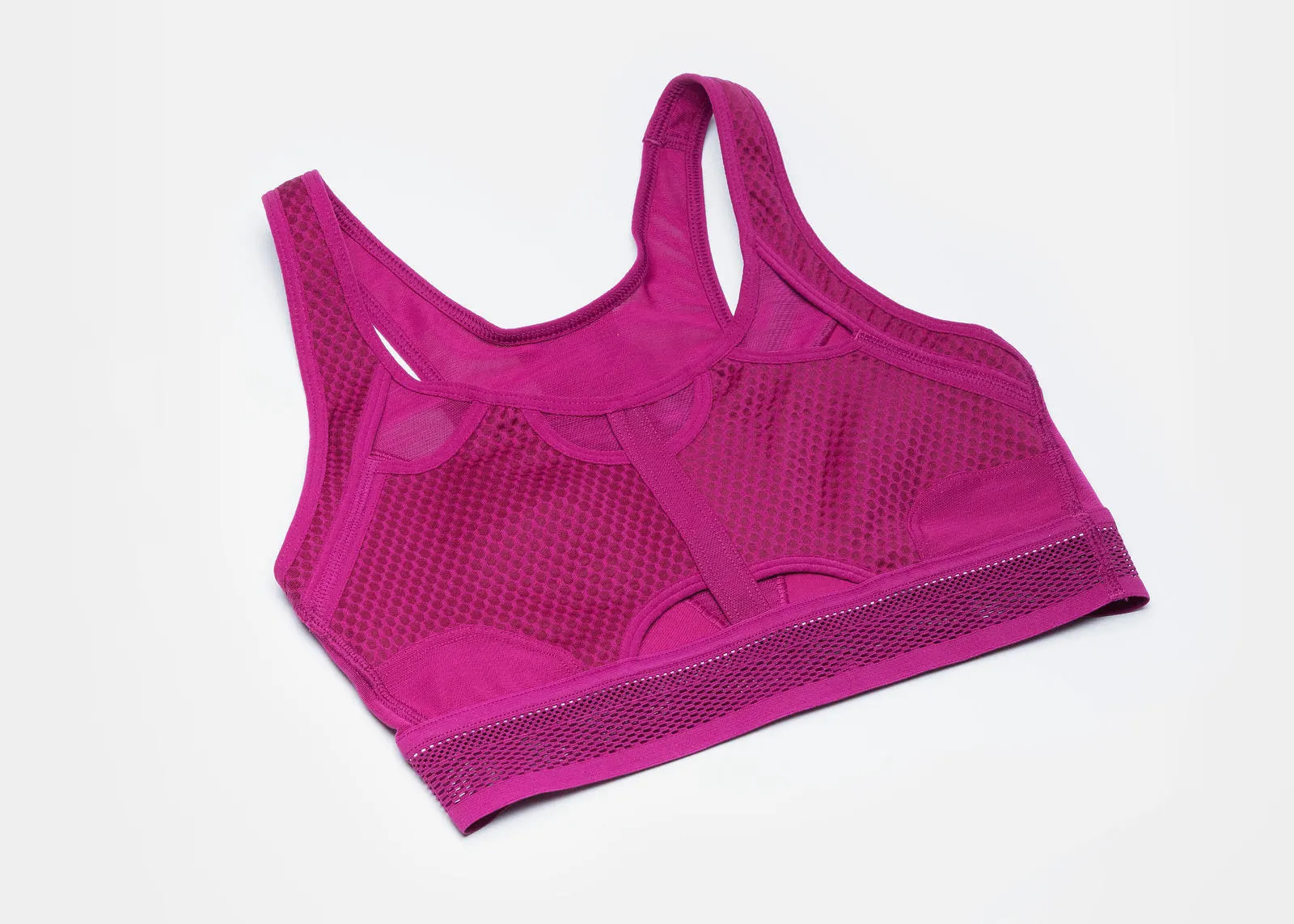Home>Women's Underwear>Bras>How Often Should You Wash A Bra
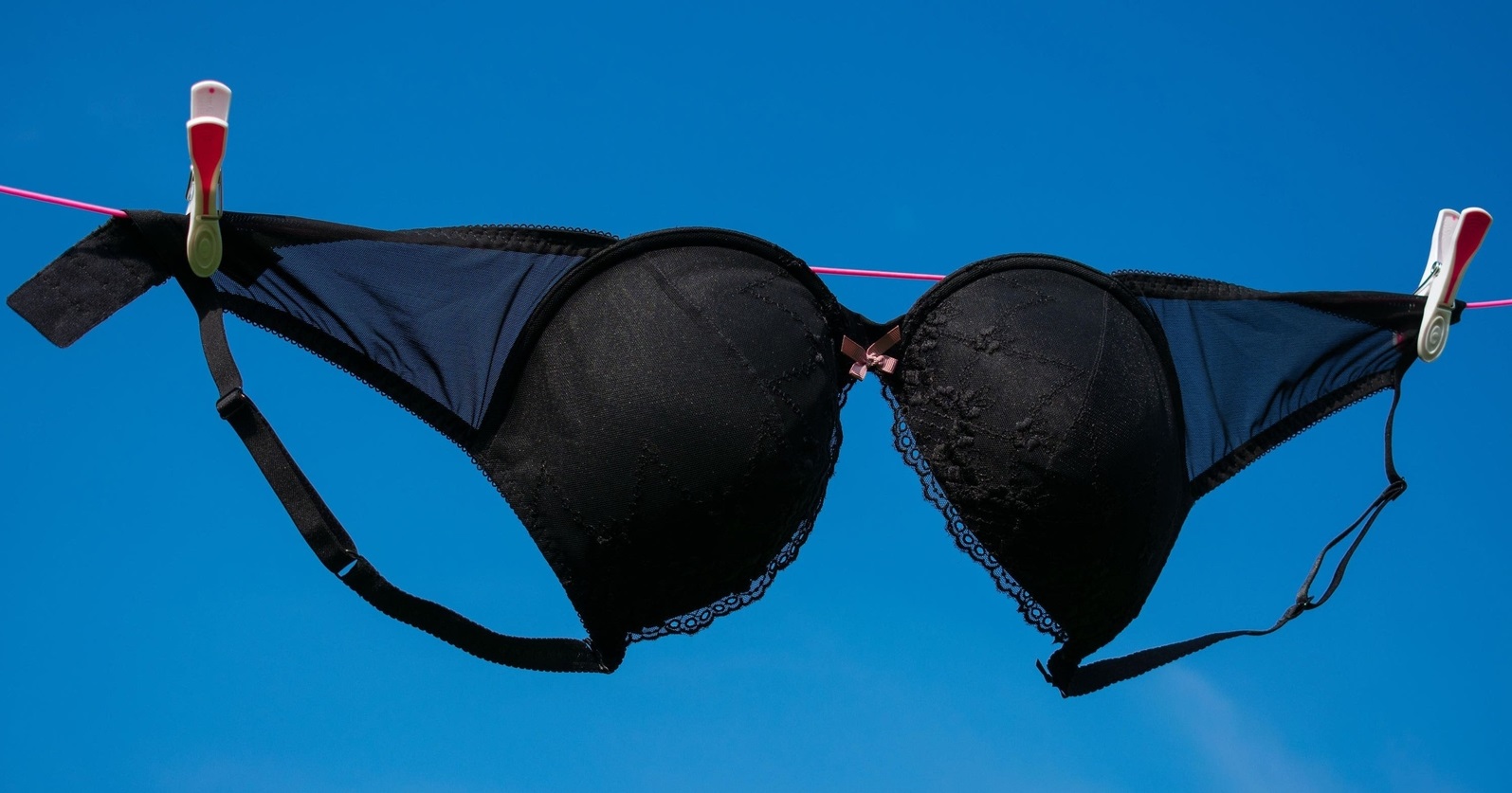

Bras
How Often Should You Wash A Bra
Modified: August 2, 2023
Discover the ideal washing frequency for bras and keep them fresh and long-lasting. Find out how often to wash your bras for optimal hygiene and durability.
(Many of the links in this article redirect to a specific reviewed product. Your purchase of these products through affiliate links helps to generate commission for Under-tec.com, at no extra cost. Learn more)
Table of Contents
Introduction
Bras are an essential part of every woman’s wardrobe. They provide support, comfort, and shape to enhance our confidence and well-being. However, have you ever wondered how often you should wash a bra? It’s an important question, as proper care and maintenance can extend the lifespan of your bras and ensure they continue to provide the support and fit you desire.
There is a common misconception that bras need to be washed after every use, but this is not necessarily the case. Factors such as sweat, body oils, and the type of fabric used in the bra can influence the frequency of washing. Too much washing can cause wear and tear, while not washing enough can lead to hygiene issues and a shorter lifespan for your bra.
In this article, we will explore the various factors to consider when determining how often to wash a bra, the different types of bras and their specific care requirements, recommended washing frequency guidelines, signs that you may be overwashing or underwashing your bras, and some useful tips for washing bras effectively.
So, if you’re ready to learn more about the best practices for keeping your bras clean and well-maintained, let’s dive in and discover the ideal washing routine that will ensure your bras stay in excellent condition for as long as possible.
Factors to Consider
When determining how often to wash a bra, there are several factors to take into consideration:
- Sweat and Body Oils: If you perspire heavily or have oily skin, your bra may require more frequent washing. Sweat and body oils can accumulate on the fabric, leading to unpleasant odors and potential skin irritations.
- Activity Level: Your activity level plays a role in how often you should wash your bra. If you engage in activities that cause you to sweat more, such as exercising or working in a physically demanding job, you may need to wash your bra more frequently.
- Weather Conditions: Hot and humid weather can contribute to increased perspiration, requiring more frequent washing. Additionally, if you live in an area with high pollution levels or dusty environments, it’s advisable to wash your bra more often to remove any accumulated pollutants.
- Fabric Type: The type of fabric your bra is made of can impact its cleaning needs. Delicate fabrics, such as lace or silk, often require gentle hand washing or a delicate cycle, while sturdier fabrics like cotton or polyester can withstand regular machine washing.
- Color: Dark-colored bras tend to hide stains and discoloration better than lighter-colored bras. If you’re wearing a white or light-colored bra, you may want to wash it more frequently to maintain its pristine appearance.
- Number of Bras: If you have a larger bra collection and rotate between multiple bras, each bra will naturally experience less frequent wear and may not require washing as frequently. However, proper storage and regular airing out are still important to maintain freshness.
By considering these factors, you can determine an appropriate washing frequency that will keep your bras clean and fresh without compromising their longevity or your comfort.
Types of Bras
Bras come in various styles and designs, each with its own unique features and care requirements. Understanding the types of bras you own is essential when determining how often to wash them. Here are some common types of bras:
- T-shirt Bras: These bras are smooth and seamless, designed to provide a natural shape and disappear under clothing. They are usually made from a blend of nylon and spandex and can be machine washed on a delicate cycle.
- Lace Bras: Lace bras are delicate and intricate, often requiring gentler care. Hand washing is usually recommended to preserve the delicate lace details and prevent snagging or tearing.
- Sports Bras: Sports bras are specially designed to provide maximum support during physical activities. Due to increased sweat and intensity of workouts, they should be washed after every use to remove sweat, odor, and bacteria.
- Push-up Bras: Push-up bras have padding that enhances cleavage and lifts the breasts. These bras are typically made of cotton or polyester and can be machine washed. However, it’s advisable to use a lingerie bag to protect the padding during the wash.
- Bralettes: Bralettes are lightweight, non-padded bras that are often made of delicate fabrics like lace or mesh. Hand washing is recommended to maintain their shape and prevent damage to the intricate details.
- Convertible Bras: These bras have detachable straps, allowing you to wear them in different configurations. The care requirements may vary depending on the fabric and design. Check the garment label for specific washing instructions.
By identifying the types of bras you own and understanding their specific care needs, you can effectively determine how often to wash each one to maintain their quality and longevity.
Frequency Recommendations
When it comes to how often you should wash your bras, there is no one-size-fits-all answer. The recommended frequency can vary depending on various factors such as personal preference, activity level, and fabric type. However, here are some general guidelines to consider:
- Every 1-3 Wears: For everyday bras that are not exposed to excessive sweat or dirt, washing them every 1-3 wears is usually sufficient. This helps maintain their cleanliness without subjecting them to excessive wear and tear.
- After Intense Workouts: If you wear a sports bra during intense workouts or activities that cause excessive sweating, it’s best to wash it after each use. This helps remove sweat, odor, and bacteria that can accumulate during physical exertion.
- When Soiled or Stained: If your bra becomes visibly soiled or stained, it’s important to wash it promptly. Prompt cleaning can prevent permanent stains and maintain the hygiene and appearance of the bra.
- Rotate Between Bras: If you have a collection of bras, it’s a good idea to rotate between them. This allows each bra to have sufficient time to air out and regain its shape, reducing the need for frequent washing.
- Follow Manufacturer’s Instructions: Always check the care label or manufacturer’s instructions that accompany your bras. They provide valuable information regarding the appropriate washing method and frequency for your specific bra.
Ultimately, you should adjust the frequency based on your personal needs and preferences. Observing how your bras look, feel, and smell will help you determine the appropriate washing routine to keep them fresh, comfortable, and long-lasting.
Signs of Overwashing or Underwashing
Knowing the signs of overwashing or underwashing your bras is important to ensure you maintain their quality and longevity. Here are some indicators to look out for:
- Overwashing:
- – Fading Colors: Excessive washing can cause the colors of your bras to fade over time, especially for delicate or brightly colored bras.
- – Elastic Wear and Tear: Frequent washing can lead to the breakdown of elastic materials, causing the bands and straps to lose their elasticity and effectiveness.
- – Deformed Cup Shape: Vigorous washing or drying can alter the shape of the cups, resulting in an ill-fitting bra.
- – Excessive Fraying or Damage: Overwashing can cause premature wear and tear, leading to fraying or weakening of the fabric and components.
- – Dryness or Irritation: Too much washing may strip away the natural oils of the skin, leading to dryness, itchiness, or irritation.
- Underwashing:
- – Lingering Odors: If you notice persistent odors even after airing out your bras, it may be a sign that they are not being washed often enough.
- – Stains and Discoloration: Neglecting to wash your bras regularly can result in visible stains, discoloration, or yellowing of the fabric.
- – Accumulation of Sweat and Body Oils: If you feel a buildup of sweat, oil, or dirt on your skin when wearing a bra, it may indicate that it needs to be washed more frequently.
- – Increased Skin Sensitivity: Infrequent washing can lead to a buildup of bacteria and allergens, causing skin irritation or allergies.
- – Reduced Elasticity: Not washing bras regularly can cause the elastic materials to become less stretchy, resulting in a loose and unsupportive fit.
By being aware of these signs, you can adjust your washing routine accordingly to ensure your bras remain clean, comfortable, and in optimal condition.
Tips for Washing Bras
Properly washing bras can help maintain their shape, color, and overall quality. Here are some helpful tips to ensure your bras are cleaned effectively:
- Read the Care Label: Always check the care label or manufacturer’s instructions for specific washing recommendations for your bra. This will help you understand any special instructions or precautions.
- Hand Washing: For delicate bras made of lace or other delicate fabrics, hand washing is often the best option. Use a gentle detergent, lukewarm water, and gently agitate the bra in the water. Rinse thoroughly and reshape the bra before air-drying.
- Use Lingerie Bags: When machine washing bras, always use a lingerie bag to protect them from potential damage. Fasten the hooks to prevent them from snagging on other garments or the washing machine drum.
- Separate Colors: To prevent color bleeding or transfer, wash light-colored and dark-colored bras separately. This will help maintain the original color and prevent discoloration.
- Mild Detergent: Use a mild detergent specifically formulated for delicate fabrics to avoid harsh chemicals that can damage the bra. Avoid using fabric softener, as it can affect the elasticity of the bra.
- Air Dry: It is best to air dry bras rather than using a dryer, as high heat can cause shrinkage and damage to the fabric and elastic. Lay the bras flat or hang them to dry in a well-ventilated area away from direct sunlight.
- Store with Care: To preserve the shape of your bras, avoid folding them in half or stuffing them. Instead, gently stack or line them in your drawer or use a specialized bra storage organizer.
- Rotate Between Bras: Rotating between bras gives each bra ample time to rest and regain its shape. It also prolongs the lifespan of your bras by reducing wear and tear from frequent washing and wearing.
By following these tips, you can ensure that your bras are washed effectively, maintaining their quality, fit, and comfort for a longer period of time.
Conclusion
Knowing how often to wash a bra is essential for maintaining its longevity, freshness, and comfort. While the frequency of washing can vary based on factors such as sweat, activity level, fabric type, and personal preference, following some general guidelines can help you establish a suitable washing routine.
Factors such as sweat and body oils, activity level, weather conditions, fabric type, color, and the number of bras you own should all be considered when determining how often to wash your bras. Assessing the condition of your bras and their specific care requirements will help you determine the appropriate washing frequency.
Overwashing can lead to fading colors, wear and tear, deformed shapes, excessive fraying, and dryness, while underwashing can result in lingering odors, stains, sweat accumulation, increased sensitivity, and reduced elasticity. By recognizing these signs, you can adjust your washing routine accordingly.
When washing bras, it is important to follow the care label instructions, opt for hand washing or a lingerie bag for machine washing, separate colors, use mild detergents, and air dry your bras. Proper storage and rotating between bras also contribute to their longevity.
In summary, understanding how often to wash a bra and following proper washing techniques will not only ensure their cleanliness but also extend their lifespan, maintain their shape and appearance, and provide you with optimal comfort and support.

